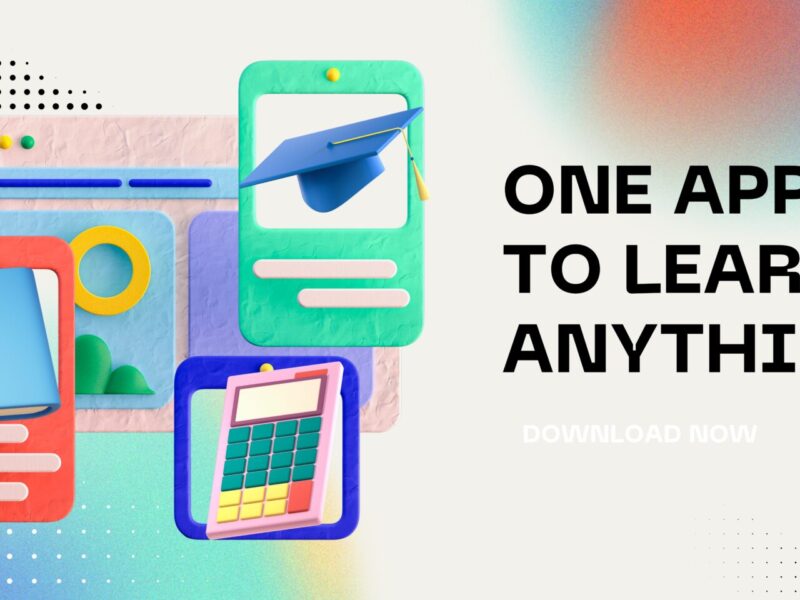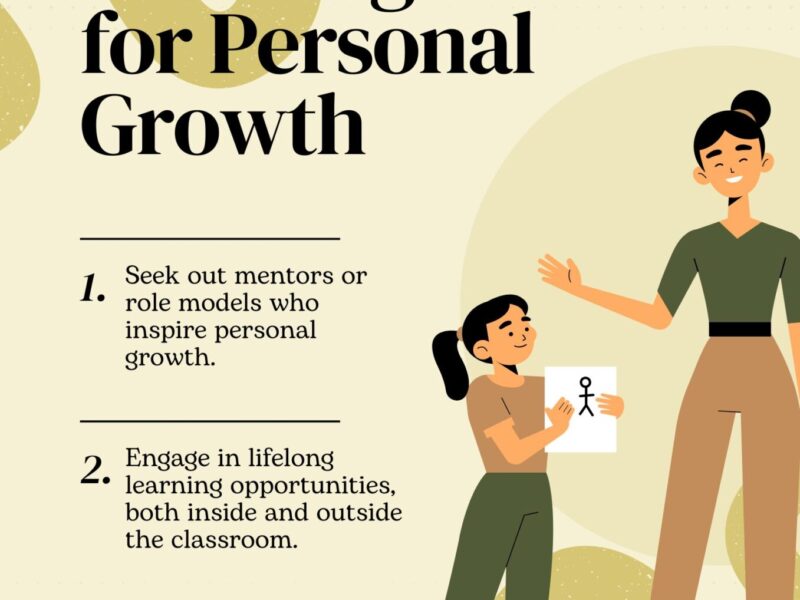E-learning has grounded into modern education. It gives flexibility and access to the wealth of resources available.Adapting to Online Learning: Tips for Educators. Then there are the challenges revolving around the transition from old school classroom teaching to the virtual environment faced by the teachers. It refers to trying new methods of engaging students, delivering content to them, and also creating an interactive learning environment. Adapting to Online Learning: Tips for Educators.This article is a complete piece concerning online education adaptation for educators, filled with practical tips and strategies for better teach-learning experience. Starting Off the Transition to Online Learning All this accelerating move to online learning is the result of advances in technology and top global events, such as the COVID-19 pandemic.
The list of advantages presented by online education is long, from flexibility to scalability, and yet it will not immunize it against requiring an altogether new approach to pedagogy. In fact, understanding the very first step to different teaching phenomena is the difference between traditional and online teaching.
Key Differences Between Informal and Formal
Teaching Communication: The teacher must entirely rely on digital tools such as email, forums, and video conferencing. In traditional teaching, however, everything is conducted in person.
Engagement: Strategies must be employed to keep students interested while in a virtual setting. Assessment: Online assessment needs to include integrity and innovative use to secure fairness and efficiency.
Technology: An online educator is expected to be well versed with the use of digital tools and online instructional technology.
Preparation for Online Teaching
1. Understand the Technologies
Knowing the technologies and tools for online teaching is very important. Learning and knowing the LMS such as Moodle or Canvas, or even a video conferencing application like Zoom. This will need hours of studies for educators themselves.
Tips:
Attend training programs and workshops.
Explore different sides of the platform to maximize its use for future use.
Try out the tools before starting your classes to sort out technical problems.
2. Create a Structured Plan
Online teachings need proper planning for a student to take the course easily. A good plan clearly gives direction and vision.
Tips:
Divide the course schedule into simple modules/wks.
Develop a clear syllabus that details instruction and deadlines.
Use different types of media – including videos, PDFs, and other interactive tools with the different styles of learning.
3. Assess Needs of Students
The technical knowledge of your students more personalizes them for knowing their resources and learning style.
Tips:
Implement a survey to know about the students’ technical possible capabilities and access to devices.
Create other formats of learning to students with limited access.
Taking Students to the Online Learning Stage
Student involvement is one of the significant problems in online education. Instructors should create environments that are interactive and stimulating in maintaining interest and motivation.
1. Establish a Connection
The personal approach assists students in developing trust and openness, even from afar.
For instance:
Create a short video or note introducing yourself.
Ask students about their hobbies and dreams and provide a forum for posting.
Personalize feedback to demonstrate the importance of their work.
2. Use Interactive Tools
Interactive ones make learning into a passive mode into an engagement activity.
For example:
Create a poll, quizzes, or break out rooms during the live sessions.
Collaborative tools such as Google Docs or Padlet can be used for group activities.
Engage in gamification strategies, such as giving points or badges for participation.
3. Encourage Active Participation
Active participation helps the learners use and assimilate the information better.
Tips:
Frame open-ended inquiry to facilitate discussion. Assign group projects requiring collaboration and communication. Use peer review assignments to encourage students to collaborate.
Applicable techniques
1. Chunk Information
Segmentation of information makes perseverance and comprehension easier for students. Tips: Split lessons into sections of 10-15 minutes. Organize the written materials using bulleted headings. Sum up each session’s major points in a final summary.
2. Introduce Multimedia
Multimedia resources provide better understanding and attractiveness to students. Advice: Use a video, animation, and infographics to define a topic. Make your own stuff with a screen-reference tool like Loom or Camtasia. All should be accessible on devices.
3. Differentiate Applied Learning
Practical activities make students able to implement what they have understood. Advice: Assign them to virtual simulations or case studies. Encourage students to do an experiment or project at home and share results. Cultivate theory with practical application using real-life examples.
Effective Communication in Online Learning
Clear and concise communication is indeed a whole requirement of the online teaching process.
1. Set the Expectations Early
Expectations definitely place an understanding on the part of students regarding what is expected of them and how the course is designed.
Tips:
Tell about attendance and assignment submission policies right at the front page of the course.
Give a schedule for communication such as virtual office hours and that’s the most critical part.
2. Employ Multiple Channels
Using several communication channels ensures that all students receive the information.
Tips:
LMS announcements, emails, and live sessions all need to be mixed into each other.
Record live lectures for students who cannot attend in real time.
Create forums for discussions that elicit delayed continuation of conversation.
3. Timely Feedback
Such feedback shall be timely and constructive to enable the students to track progress and improvement over time.
Tips:
Rubrics: use them to be clear and consistent in grading assignments.
Point out strengths and weaknesses in individual assignments.
Prompt feedback to questions and concerns.
Evaluating Student Performance
Evaluation in digital learning should go beyond standard practices of measuring understanding and skills.
1. Develop Online Adaptation Assessments
Traditional assessment methods would not serve in the context of online learning.
Tips:
Whether open-ended or essay-type, challenges should assess critical thinking skills.
Assignments could take various forms such as multimedia ones: video presentations, podcasts.
Random pool of questions on quizzes to improve academic integrity.
2. Introduce Low Stakes Formative Resources
These would allow for continuous and frequent assessment but without overwhelming the students.
Tips:
Short quiz, poll, or reflection journal entries.
Immediate feedback on automated quizzes.
Encouragement of self-reflections through questioning.
3. Promote New Creative Demonstration
Let students demonstrate their understanding in a different manner.
Tips:
Assign problems to be solved entirely by projects of creative imagination.
Portfolio assessments may be encouraged for the long run, that is, developing growth over a period of time.
Let students decide how they want to represent it, for example: video, infographics, and writing reports.
Technical Difficulties
Such as most of hurdle stabilize where the irregular learning of online will also have some technical problems, but overcoming it will require one to prepare adequately well.
Recommendations:
Provide troubleshooting instructions and resources.
Train from the get-go a clear technical support channel for students.
Test tools and platforms before every session.
Poor Attention
Controlling students’ audience in a virtual setting is quite an uphill task.
Recommendations:
Check them through surveys or emails once in a while.
Snapping at the attainment or motivation.
Incorporate fun into doing things such as virtual games or challenges.
Juggling Studies with Jobs
Online teaching takes time. However, good organization has a way of making teaching very convenient.
Recommendations:
Use the planners to schedule lessons and assessments.
Allow automatic grading of quizzes to save time.
Shut up those work timings to save the mind from burnout.
Professional Development for Online Educators
Continuous learning is indispensable for educators learning to move from traditional to online teaching.
1. Attend Training Workshops
Sign up for workshops, webinars, and certification courses designed to teach online strategies and tools.
2. Join Associations of Professionals
Meet with others and share ideas, tips, and resources.
3. Stay Current
Stay abreast of the latest developments in educational technology and pedagogy.
Conclusion
It is an experience where they have to transform their entire way of being in learning. It has to be innovative. With technology in hand and thinking out of the box to keep students engaged, educators can turn classroom barriers into enriching and impactful virtual learning experiences. The change process can be obstructive and require motivation and effort, but it may also yield avenues for growth, connection, and meaningful teaching in the digital space.

